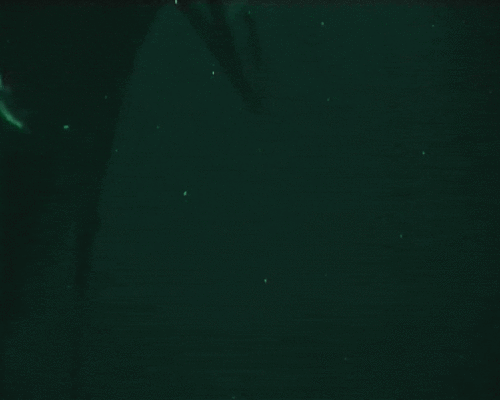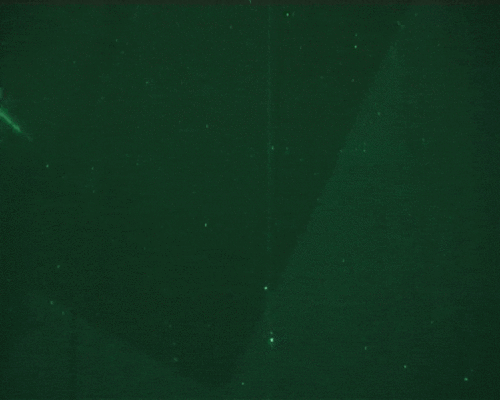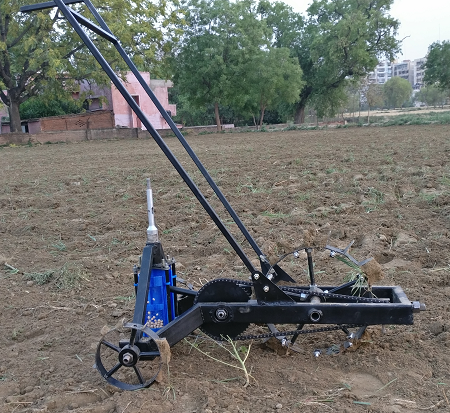Research

Fluid-Flexible-Surface Interaction
Birds, insects, fishes use wing, fin flexibility to their advantage, but knowing ‘how?’ is non-trivial due to the intricately coupled fluid-flexible-surface interactions. Understanding such challenging, but interesting, interactions would unravel the role of flexibility present in bird and insect wings and fins and tails of fish during propulsion and manoeuvring. We, at the NatFlows Lab, explore such interactions via. Experiments and Simulations to reveal the mysteries surrounding the role of flexibility in thrust and lift generation.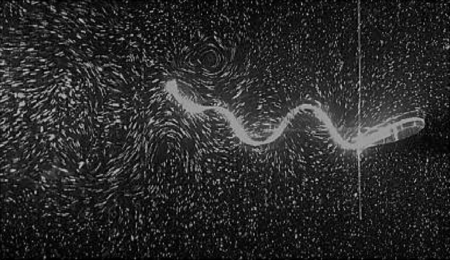
Optimum Flap Length
Length of the flexible wings and fins of the flying and swimming animals vary over a wide range. It is interesting to understand the reasons behind the varying degree of flexibility and length of these thrust generating appendages, and their role in flow and thrust generation. Figure shows higher mode bending of the long flexible flap, and the corresponding flow field. We are trying to answer how much is the optimum length of the flexible surface that actively participates in thrust generation.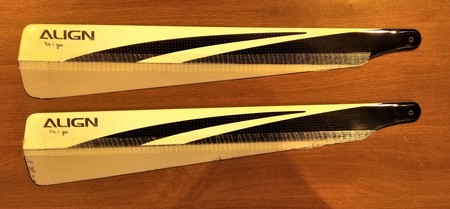
Rotary Flexible Blades
Geometric features of wings and fins of the natural swimmers and flyers vary over wide range, for example, size, shape, thickness, length, width, sweepback angle, slicing, etc. It is well known that flexibility as well as geometric features of the wings, tails and fins help these natural organisms to enhance their performance during swimming, flying and hovering. We are trying to understand how flexibility and geometric features of flexible flap attached to rotating helicopter blades (as in Image) affect the performance of a hovering rotor.
Tandem Flapping Foils
Tandem flapping foils are studied in a spirit to understand the strategies adopted by birds flying in flocks and fishes swimming in schools. We explore how the inter-foil distance and differential flapping frequency of two tandem in-line flapping foils alter the wake behaviour and thrust generation. Movie shows that the deflected wakes (which is prominent for Strouhal number > 0.4) from individual airfoil when combine, move towards and nearly along the centreline which is desirable for cruising along a straight-line. We are exploring the interesting complex wake interactions.
Self-Propulsion – Fish School Patterns
Birds fly and fishes swim in groups, respectively known as bird-flocks and fish-schools, to optimise the energy required for their propulsion. While moving in schools and flocks, these animals synchronise the inter-distances and the flapping motion of their appendages, namely, tails, fins and wings by tunning the flapping kinematics. Movie shows flexible filaments arranged in square pattern, in an attempt to mimic various fish school patterns, which are actively flapping and self-propelling in quiescent medium. We are trying to unravel the effects of various configurations on swimming efficiency and hydrodynamic benefits gained by fishes.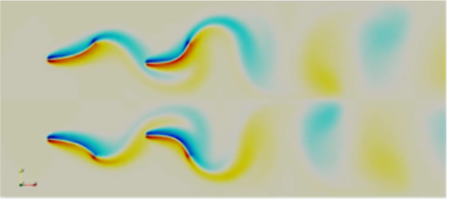
Flutter of Flags
When wind flows over a flag, it starts to flutter passively beyond certain critical wind speed. How would the critical speed, flag deformation profiles and drag experienced by the flags vary when they are arranged in groups with various patterns like square (as in Figure), triangular, diamond configurations? Such a study is also expected to reveal interesting flow features of group formation patterns in real fish schools.
Wake Dynamics of Thick Foils
Motivated from the observation that the wings and fins of natural swimmers and flyers vary in thickness, we investigate the effect of varying thickness of a purely pitching airfoil on wake dynamics and forces experienced by the airfoil. We observe a variety of wake patterns with increase in airfoil thickness, ranging from periodic to quasi-periodic to aperiodic. Movie shows one such interesting wake pattern. We are trying to unravel the underlying physical mechanisms governing the wake transitions.
Hydrodynamics of Swimming Schools
It is well known that fishes swim in school to get propulsive benefits in terms of energy expenditure. Through hydrodynamic interactions, they tune their tail/body flapping kinematics so as to take advantage of the oncoming vortices shed by the leaders and other fishes ahead of them. However, the mechanism of hydrodynamic interactions is still unclear. Our attempt is the explore such a mechanism and allied flow physics.
Flexible Splitter Plate / Filament
The flow behind a square cylinder is of practical importance. Attaching a flexible splitter plate changes the flow dynamics. In 2D, we are trying to understand the interaction of the separated flow with the flexible splitter filament. The 2D flow at low Reynolds numbers is being studied using a soap film tunnel.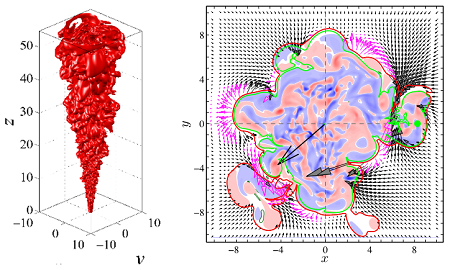
Entrainment in Turbulent Jet – DNS
Entrainment is the process by which ambient fluid is entrained into a turbulent shear flow. The mechanism of entrainment, whether it is ‘nibbling’ or ‘engulfment’, has been a question of great importance for a long time. We are trying to understand the entrainment mechanism in an axisymmetric turbulent jet using Direct Numerical Simulations (DNS). Left Image shows an instantaneous snapshot of the jet (vorticity field), and Right Image depicts flow field in a diametral plane in the self-similar region of the jet.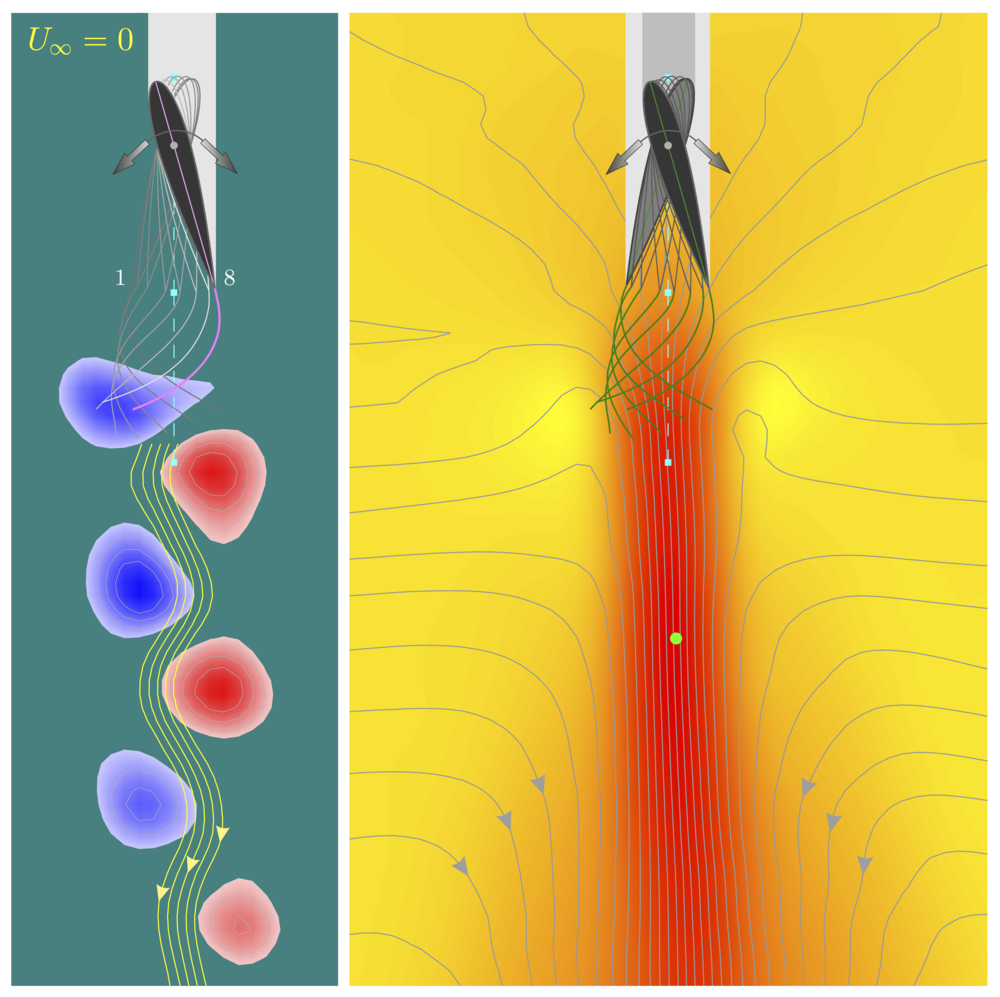
Novel Hovering Mechanism
Hovering is an extreme feat of flight regime exercised by insects and birds. They generate a jet through co-axial vortex rings stacked vertically below them. Kinematics of hovering wings in nature is quite complicated and highly three-dimensional. We obtained a simple hovering mechanism different from birds and insects. Images show the flow induced in an otherwise quiescent ambient by a flexible surface (flap - grey, pink, green) attached to the trailing edge of a sinusoidally pitching rigid airfoil. Narrow jet generated by simple rotary oscillations of flexible airfoil is a 2-D analogue of the 3-D flow structure beneath a hovering bird or insect, however, with a simple and different force generation mechanism. Flow and force generation is due to the coordinated motions of foil and flexible flap as opposed to the lift due to circulation around the translating wings of birds and insects.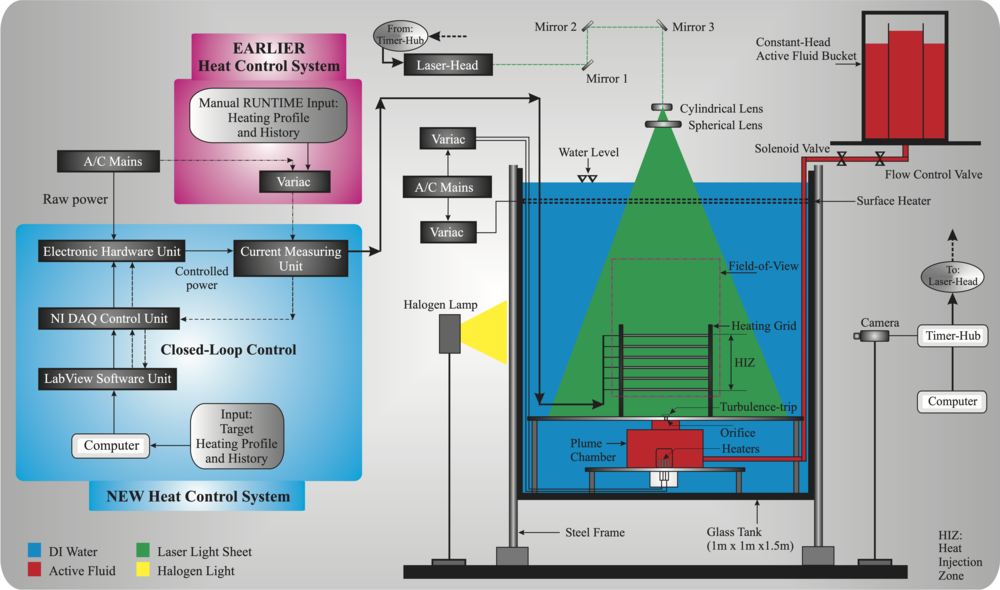
Cloud-like Flows
Clouds are the largest source of uncertainty in climate science and atmospheric modelling, and are listed by IPCC (Intergovernmental Panel on Climate Change) among the most urgent scientific problems requiring attention. It has been found that one class of clouds, namely cumulus clouds, can be modelled as a ‘transient diabatic plume’ with off-source heating that mimics the latent heat release due to water vapor condensation in real clouds. We aim to simulate cumulus clouds in laboratory using a transient diabatic plume, as a flow model, with volumetric heating scaled dynamically to simulate latent-heat release from phase changes in real clouds in order to unravel the entrainment behaviour. Figure shows schematic of proposed experimental setup.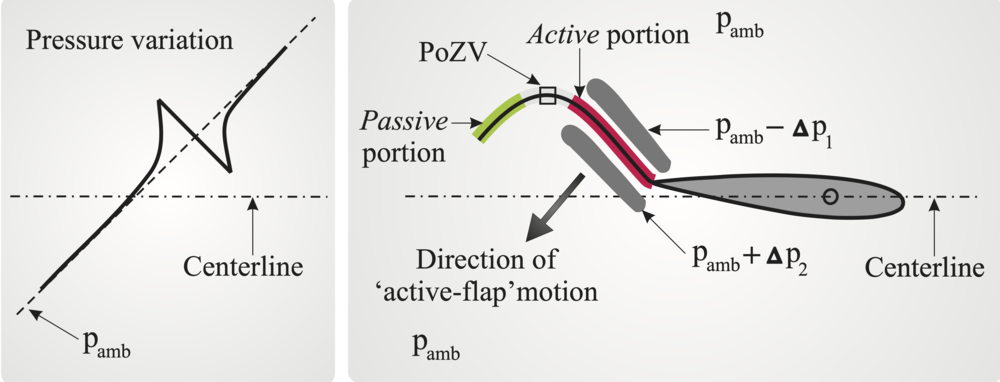
Flexibility Induced Actuator Disk Action
Natural swimmers and flyers reorient the pressure forces acting on their wings, fins and tails using flexibility in order to help them swim, fly, hover, manoeuvrer. Ellington (1984) modelled unsteady force generation for a hovering insect with ‘pulsed actuator disk’ that applies pressure impulses to the air passing through. We show that a flapping flexible foil can be thought of as an ‘unsteady actuator disk’ which orient the generated pressure gradients in the jet direction, thus causing the flow acceleration. The schematic image shows the mechanism of such action. [pdf]Flexibility Induces Suppression of Jet Meandering
Thrust-generating flapping foils are known to produce jets inclined to the freestream at high Strouhal numbers (St = fA/U∞> 0.4) (Image-a). Our experiments, in the limiting case of St → ∞ (zero freestream speed), show that a purely oscillatory pitching motion of a chordwise flexible foil suppresses the jet meandering and produces a coherent jet composed of a reverse Bénard–Kármán vortex street along the centreline (Image-b). Analysing the near-wake vortex dynamics, we identify the mechanisms by which flexibility suppresses jet deflection and meandering. We also identify the regime of non-dimensional stiffness of flexible surface over which such suppression can take place. [pdf]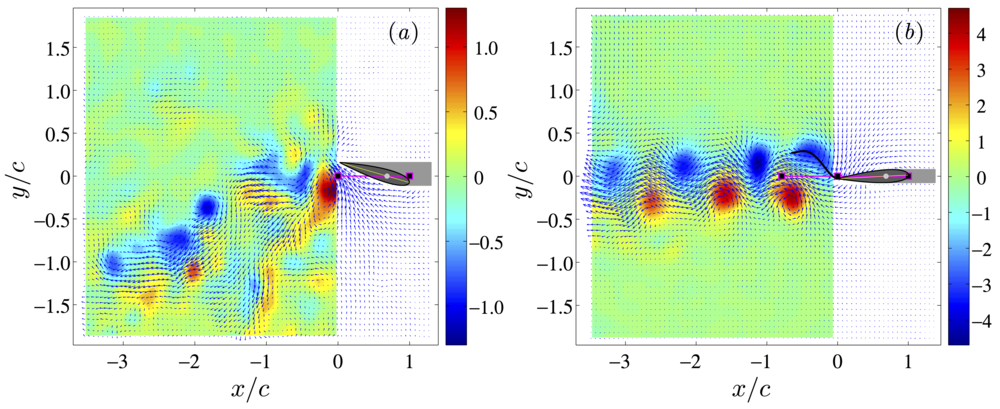
Jet Meandering
A rigid symmetric NACA0015 airfoil purely pitching at a fixed location in quiescent fluid (the limiting case of infinite Strouhal number) generates a weak jet whose inclination changes continually with time. It is conjectured that such asymmetric wakes might be exploited by flying and swimming animals during manoeuvring activities. Images show the conditionally averaged flow fields indicating different orientations of the jet inclination. This meandering of the jet is observed to be random and independent of the initial conditions. The exact mechanism of jet meandering is still unclear! We are trying to delve deeper to understand it. [pdf]
Fish-like propulsion
We investigate the effect of trailing edge flexibility on the flow field created by an oscillating, and simultaneously moving forward, airfoil in an attempt to mimic the flow around the flexible tails often found in fish. We found that the dynamics of flexible flap plays prominent role in defining the signature of the wake. Addition of flexible flap to foil results in generating a less noisy wake compared to rigid foil. Flexible trailing edge induces multiple vortices in a ‘reverse Karman vortex street’ pattern producing an undulating jet representing thrust (Left Movie). But, for the same Strouhal number, rigid foil sheds large vortical structures nearly along mean path indicating momentumless wake (Right Movie).